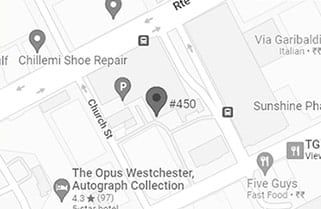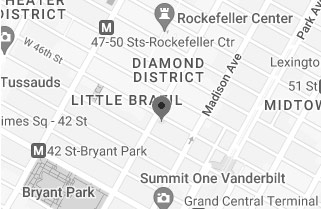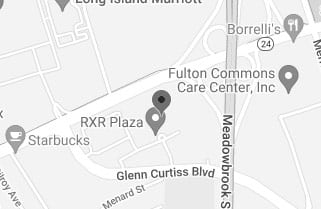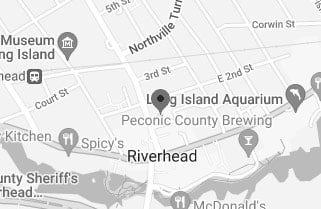The New York Supreme Court, Appellate Division, Second Department affirmed a trial court order denying a school district defendant’s motion for summary judgment after the plaintiff tripped over a pole vault box and sustained injuries.
In 2010, the plaintiff went to Longwood High School to watch her niece’s softball game. While walking across a field at the high school with her daughter, she was on a paved part of the field and was chatting with her daughter, not looking down. She tripped over the pole vault box, fell, and sustained injuries. She then brought a personal injury lawsuit against Longwood Central School District.
In her affidavit, the plaintiff stated that she had never been to the school’s field area before and was not familiar with it. She said she believed she was walking on a walkway at the time of the fall, but in reality, she was walking on the pole vault runway. She said that because she was talking with her daughter right before the trip, she wasn’t looking down to see what the ground was like or if she was approaching any obstacles. The school district moved for summary judgment, arguing that the pole vault box would have been very obvious to the plaintiff had she exercised care and looked down at the ground while walking.
In slip-and-fall cases, the plaintiff must prove that a dangerous or defective condition existed at the time of the fall. This could be a puddle or a hole. The plaintiff then must prove that the defendant either created this defect or had notice of it.
However, if a defect is “open and obvious”, then the defendant doesn’t need to warn others about it. This is because obvious defects are not inherently dangerous because everyone is aware of them and knows to avoid them. Whether a defect is in fact open and obvious depends on the individual defect and all of the facts surrounding the circumstances of the fall. Usually, for an open and obvious defect to exist, a person, making reasonable use of his or her senses while walking about, would notice the defect.
Here, however, the plaintiff was distracted. New York law holds that open and obvious defects may become traps for the unwary when the defect is either hidden or the plaintiff is somehow distracted.
In order to establish that a defect was “open and obvious” in a motion for summary judgment, the defendant must show that the defect was not inherently dangerous and was easily observable by those utilizing reasonable use of their senses. This can be rebutted by the plaintiff if the plaintiff shows that the plaintiff was distracted or the defect was obscured at the time of the fall.
Here, summary judgment was not proper as the plaintiff raised a genuine material dispute as to whether the defect was a trap. The defendant argued that the pole vault box was open and obvious – anyone walking on the runway would have seen it and known to step around it. In her opposition, the plaintiff argued that she believed she was walking on a walkway, not runway, she had no prior experience with this field, and she was distracted while speaking with her daughter. In support of her opposition, she submitted: photos of the pole vault box, her own affidavit, and an expert witness’s affidavit that stated that the box was a dangerous pedestrian risk. The expert opined that the school district was required to either cover the box when it wasn’t being used or at least place warning signs around it so that people would be warned of its presence and danger.
Even though the school district proved the pole vault box was open and obvious, the plaintiff showed there was a triable issue of fact regarding whether it was a trap. While the plaintiff’s injury may be reduced by any comparative negligence, she successfully rebutted their motion for summary judgment. The trial court denied the motion, and the Second Department affirmed.
If you or a loved one has been the victim of a slip-and-fall accident, don’t hesitate to contact the experience personal injury attorneys at the Law Offices of Thomas L. Gallivan, PLLC today to discuss your potential claims.
Oldham-Powers v. Longwood Cent. Sch. Dist., 123 AD3d 681 (2nd Dept. 2014).



